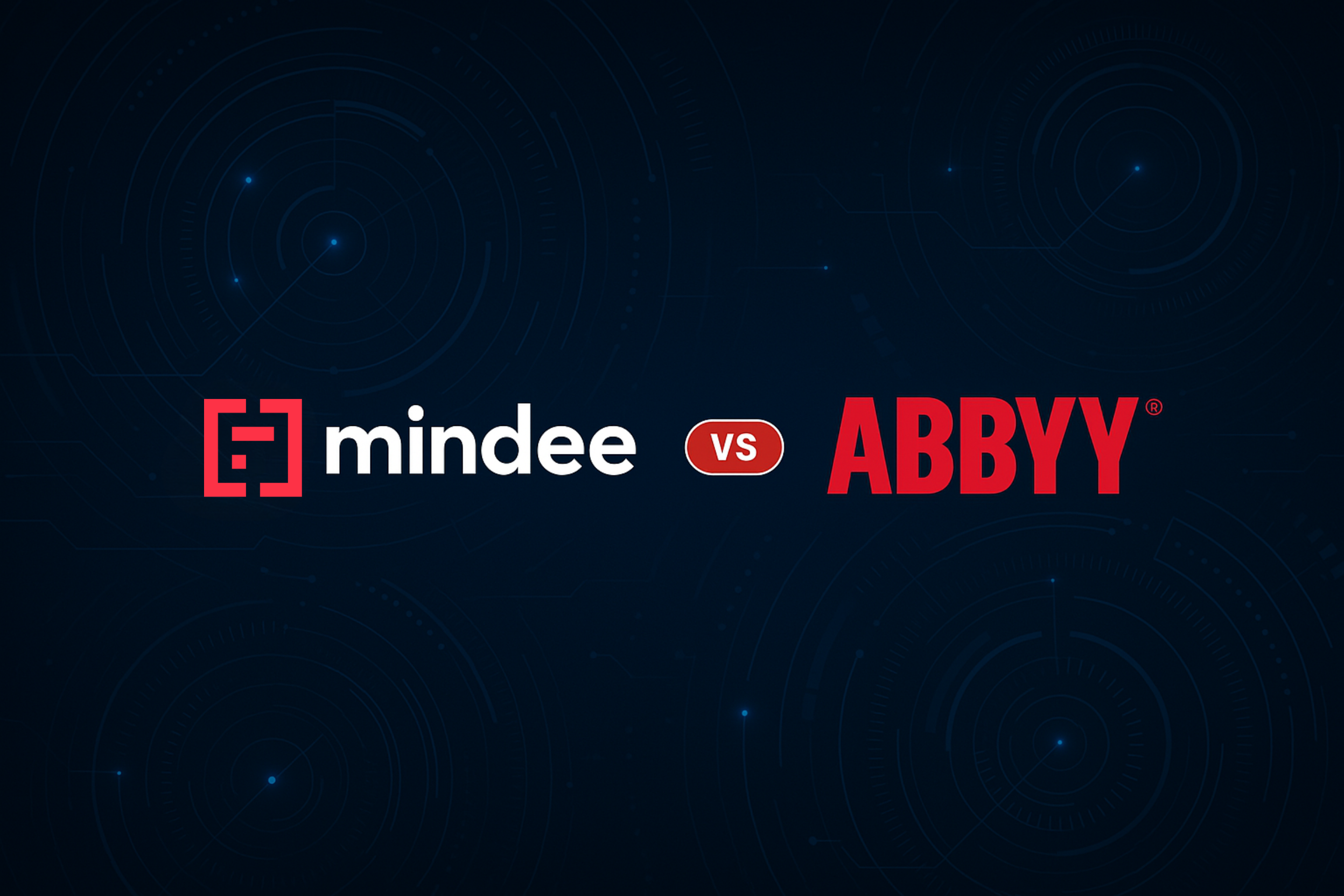Table of Contents
From the early days of writing on stone tablets to leveraging modern AI-driven databases, the journey of document processing has been a long and transformative one. In a recent episode of the Data Defenders Forum podcast, Jonathan Grandperrin, our CEO and co-founder, shared insights into the evolution of document processing technologies, highlighting the shift from traditional or basic Optical Character Recognition (OCR) to Intelligent Document Processing (IDP).
The Shift from OCR to IDP
In the podcast, Jonathan explains, "IDP platforms are not just about recognizing text; they are about transforming documents into structured data that can seamlessly integrate into digital workflows."
OCR has long been a foundational technology for extracting text from images and documents. However, as businesses seek more comprehensive solutions to manage data securely and efficiently, IDP technologies have come to the forefront. IDP systems not only recognize text but also understand, categorize, and validate data in a way that aligns with regulatory compliance and operational needs.
Here’s an example: While OCR technology might scan a purchase order and recognize the words and figures printed on the page, IDP goes further by understanding what each piece of data represents. It can differentiate between product names, quantities, and prices, and then automatically populate these into a company's inventory management system, flagging any inconsistencies or triggering restock actions without manual intervention.
Enhancing Operational Efficiency and Data Security
One of the key benefits of IDP technology is its ability to streamline operations. By automating data extraction and processing, companies can reduce manual labor, minimize errors, and accelerate business processes. This efficiency is crucial for companies looking to scale operations without compromising on quality or security.
Furthermore, IDP systems play a critical role in ensuring compliance with data protection regulations like GDPR. "Having access to the text and information inside documents is essential for compliance," says Jonathan. By automating the extraction and management of data, IDP helps organizations maintain rigorous standards of data security and privacy.
Looking Toward the Future
The transition from OCR to IDP marks an evolution in document automation. In 2024, IDP systems have advanced significantly, driven by improvements in natural language processing (NLP) that enhance semantic understanding, sophisticated neural network architectures like transformers for better handling of unstructured data, and the integration of federated learning for secure data handling.
Additionally, the inclusion of explainable AI allows for greater transparency in automated decision-making. Adaptive learning technologies have also emerged, allowing IDP systems to continuously improve their accuracy and efficiency.
These innovations make IDP systems not just tools for document processing but strategic assets that enhance operational efficiency, ensure compliance, and contribute to more informed business decisions.
Jonathan’s insights illuminate the path forward in the podcast, but also at Mindee. We’re at the forefront of this transformation. By harnessing the power of IDP, we are not only advancing document processing technology but also enabling businesses to achieve unprecedented levels of efficiency and compliance.
Tune into the episode of the Data Defenders Forum podcast. And if you're interested in learning more about how Mindee is driving the future of document processing – and how it can help your business, get in touch with us here. You can also check out our IDP docTI API or our JSON REST API!





